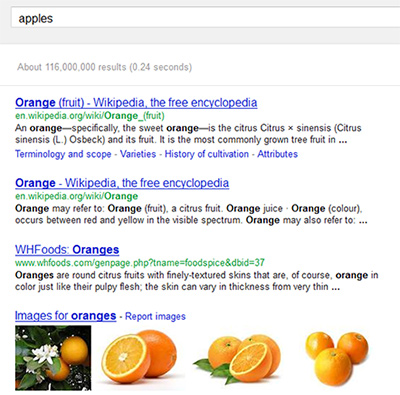A harsh reality of the Twitterverse is that at any given time, 70 to 75 percent of tweets fall on deaf ears, or as the case may be, on blind eyes. In the never-ending onslaught of messages that is Twitter, you have to stand above the crowd to get noticed.
There are five major reasons that most Twitter users can’t seem to make a tweet go viral. Learn about them, and better yet, learn to avoid them.
1. No Call to Action
Like a good landing page, your tweet should contain a call to action. Something as simple as “RT”—meaning “retweet this”—is preferable to nothing at all.
There are two elements to the call-to-action concept with regards to retweets: the implied call to action, and the explicit. Your explicit call to action, “RT” in the example above, should be short and to the point. Your implied call to action is the value of the tweet itself. A well-written tweet should sell itself to users, urging them to send the tweet along to their friends.
A tweet containing little more than a link has no chance of going viral. You should strive to make your tweet as unique, compelling, and valuable as possible. While this may be obvious, it is all too easy to forget once you find yourself working with only 140 characters.
Keep in mind that Twitter users are constantly bombarded with tweets, and indeed, retweet requests. Stay ahead of the game by demonstrating to your followers why they should retweet your message. Don’t rely on the explicit call to action.
2. Low Quality Link
A power Twitter user, the type that has the kind of following that you can’t wait to tap into, has no interest in sharing a low quality, spammy, or otherwise irrelevant link with their followers. One of the main laws of Twitter marketing is that you should never link directly to a landing page—not if you want others to spread your tweet around for you. Instead, link to well-written, thought-provoking, and valuable content. The page that you link to can contain a link to your landing page, but be careful not to draw unnecessary attention to it.
These are things that big Twitter users do take the time to look at before deciding whether to do you the favor of a retweet or not. Keep this one question in mind when writing your tweet and deciding what to link to: “How will this benefit my followers?” Then, demonstrate to the big Twitter user that you have their concerns and interests in mind.
3. The Wrong Time of Day
A tweet is a very short-lived entity. Unlike Facebook posts, tweets exist in the moment. If your tweet doesn’t get picked up, that’s it. One of the most important things you can do to help your tweet go viral is to identify your target demographic, and then determine when the largest number of those people will be online. For most niches, this means avoiding posting your best tweets in the middle of the night or late in the evening.
Tweet primetime seems to be from around 9 am to 3 pm Eastern Standard Time. Getting them out earlier in the day also gives them plenty of time to be retweeted before tweet volume winds down in the afternoon. If you find yourself in the evening needing to get a tweet out, you may be better off waiting for morning. It is always a mistake to tweet the same messages to your followers multiple times.
4. No Hash Tag
A hash tag is composed of the “#” sign followed by a word or phrase that represents your tweet, it can be your brand for instance. Before you use a hash tag, you should visit hashtags.org or a similar site and see if anyone else is using the tag that you want to use.
Sites like hashtags.org group tweets by hashtag, creating a saerchable database of related tweets. By creating a body of useful tweets on a single subject with a hashtag, you can instill confidence in your followers. A tweet containing such a hashtag is valuable for both you and the people you hope will retweet for you, and hence has a much greater chance of actually being retweeted.
5. The Tweet is Difficult to Understand
Finally, while Twitter is much more laid back on the surface than other networking sites such as LinkedIn, don’t make the mistake of being overly carefree when it comes to spelling and grammar. Your followers and prospective retweeters will judge you based on both.
Your grammar combined with the elements above all come together to form a conclusion about you and your message in the space of just a few seconds. Try to keep any message that you want retweeted at 110 to 120 characters or less. This way, the person retweeting your message may have the chance to add a few words or a hash tag of their own, or an @Reply.
Always keep in mind that a retweet is usually a “you scratch your back, I’ll scratch yours” proposition. Give your followers incentive to retweet your messages, and they will. Ask yourself, “What’s in it for them?”






































